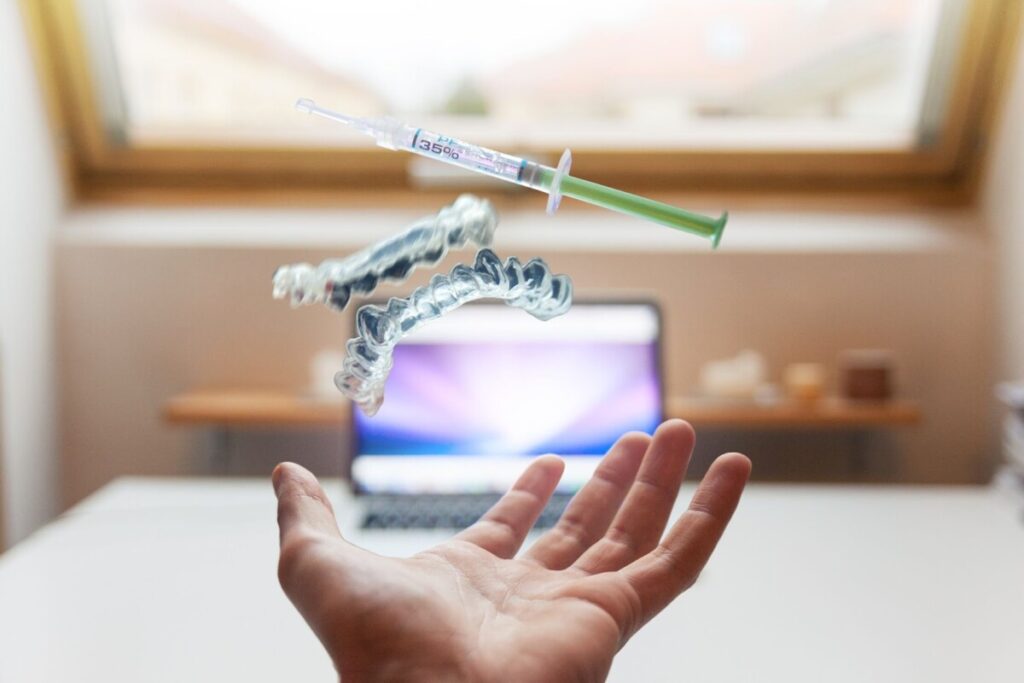The Health Insurance Portability and Accountability Act (HIPAA) provides data privacy and security provisions for patients’ health information safety. Recently, preventative measures were added to HIPAA’s provisions to address cyberattacks on healthcare providers and insurers. Initially, health care practitioners found it challenging to comply with HIPAA rules but technology has simplified things. Here are ways in which technology is making HIPAA compliance easier.
1. Messaging Applications
In a healthcare facility, it is crucial to be able to communicate patient information quickly. The downside with standard SMS services is that they are not secure for relaying confidential information. The ideal alternative is to use a secure messaging application for employees.
A messaging app promotes the safe transfer of private data. This is because messages are encrypted before you send them. Many applications have a self-destruct feature that lets you send messages that get automatically deleted when they are read. While there is no messaging application that is foolproof, you should compare the features of different applications to find the one that addresses your privacy concerns.
Some secure messaging applications also allow users to hide apps on their mobile devices, further enhancing privacy and confidentiality in healthcare communication.
2. Cloud-Based Healthcare Technology
HIPAA rules address the speed with which healthcare facilities should avail patients with their medical records. Sometimes, patients may need to transfer their medical records electronically to a new specialist or healthcare provider. According to HIPAA guidelines, when a patient requests for their medical records, healthcare providers should avail them within 36 hours.
Complying with this rule has been made easier by cloud-based healthcare IT monitoring technology. With this technology, you are assured that records are secure in case of a data breach or loss and can be retrieved any time a patient asks for them.
3. Password Manager
Your healthcare practice stands the risk of HIPAA violations if passwords are treated lightly. Health organizations should ensure employees follow all appropriate security protocols, which include the use of strong passwords.
Sharing passwords between employees and using the same password for all accounts qualifies makes your organization vulnerable to a cyber-attack. A password manager application generates strong passwords for users to help mitigate the risk of a security breach while also helping you adhere to HIPAA standards.

4. Automation
Automation does not only apply to factories; it is also relevant in the healthcare industry. It enables organizations to minimize human error and streamline their back-office functions. It is crucial for promoting better back-office functions such as recording, scheduling appointments, organizing patient data, and contacting patients to remind them of appointments.
Automations is also crucial for compliance and professional liability. Automation reduces the occurrence of mistakes during medication dosage, transcription, and surgical procedures. One study established that automated data entry minimized the occurrence of medication administration mistakes by a ratio of .53. Therefore, the studied group demonstrated a 50% lower likelihood of experiencing medical error than the control group.
5. Robust On-Premises Security
Many people overlook access to sites that process and store high-value data like electronic patient health information (ePHI). HIPAA has guidelines on how healthcare organizations should have physical safeguards in place. First, organizations should have a policy for the secure location of workstations that contain ePHI. Secondly, organizations should have a policy for allowing and denying access to ePHI.
One way to reduce data theft by cybercriminals and disgruntled employees is by having proper digital access measures in data centers containing ePHI. Biometrics also ensures there is no access to sensitive areas like ePHI workstations and server closets.
6. Training With Office 365
The Office of Civil Rights (OCR) enforces HIPAA rules by performing education to promote compliance with the Rules’ requirements. You can also utilize technology to promote employee HIPAA education and awareness.
Conducting video training through Microsoft’s Office 365 is one way of keeping in touch with employees in diverse locations or working different shifts. This training ensures all employees understand HIPAA compliance goals and how to meet them to avoid violations.
7. Making Patient Progress Visible
Health care providers are required to come up with ways of measuring and reporting patient progress. One example of a health care facility addressing this compliance requirement is the Four Winds Hospital. The CEO, Dr. Samuel Bastien, endorses the use of the Behavior and Symptom Identification Scale (BASIS-32) and other survey tools to plot and evaluate outcomes for inpatient facilities plus intensive outpatient programs (IOP) and partial hospitalization programs (PHP).
BASIS-32 and these survey tools promote an organic evaluation of a patient’s progress in a digital form relying on self-reported symptoms. This does not only promote compliance but ensures doctors and patients are clear on the effectiveness of treatments.
In Conclusion
HIPAA standards are crucial for protecting hospital and patient records. Cybercriminals are quickly coming up with ways of hacking into healthcare systems to steal and access patient records. Utilizing technology to comply with HIPAA rules reduces the likelihood of falling victim to cyber security threats.
